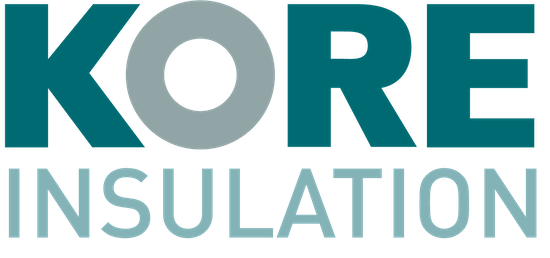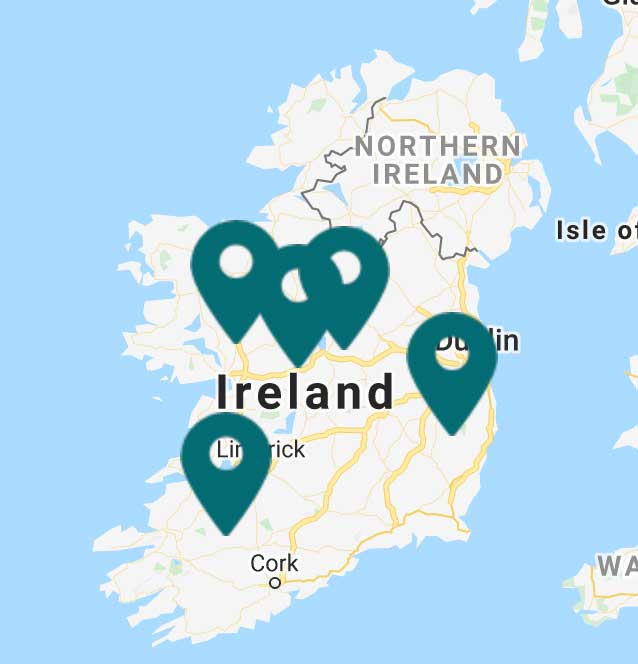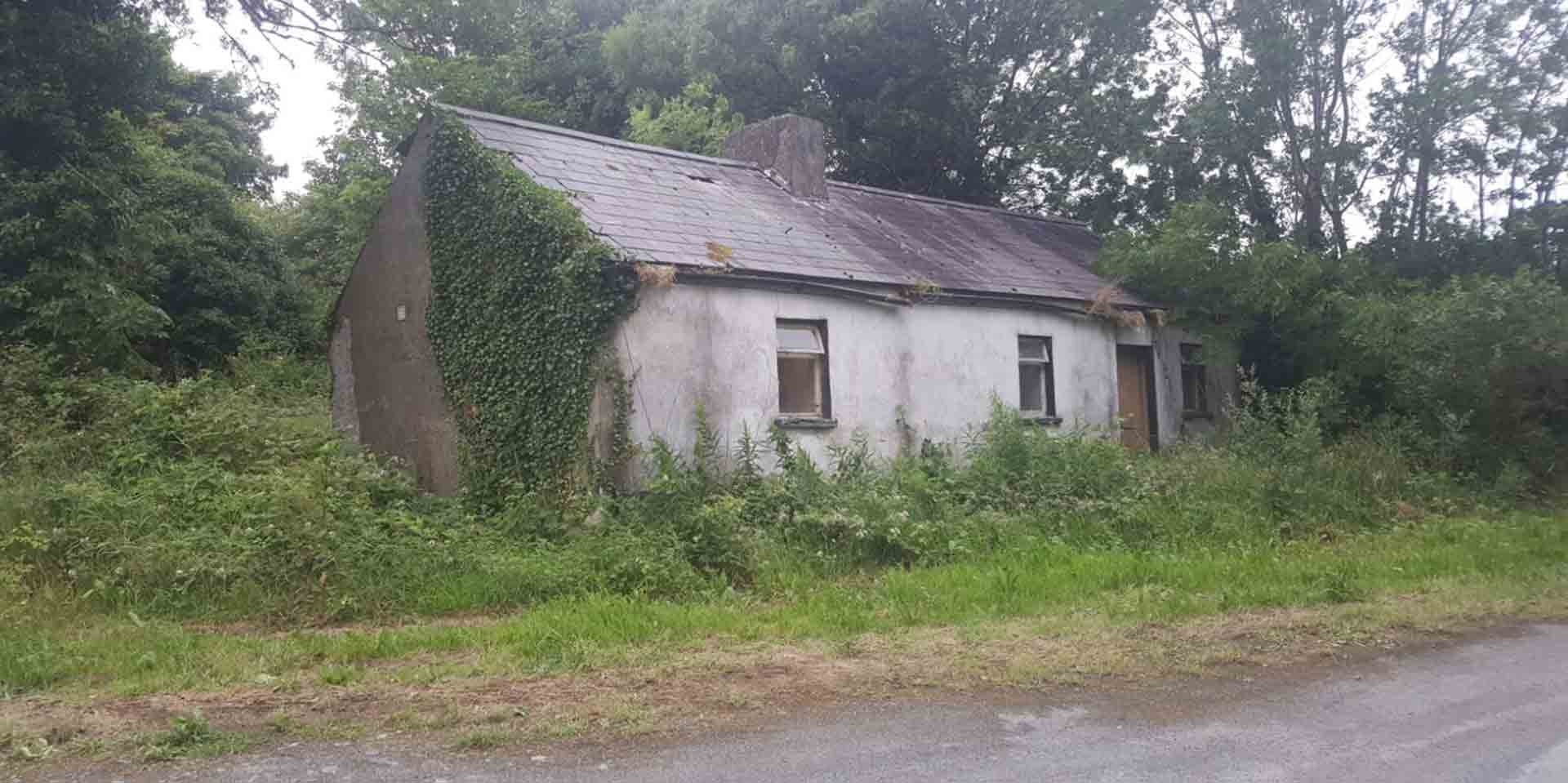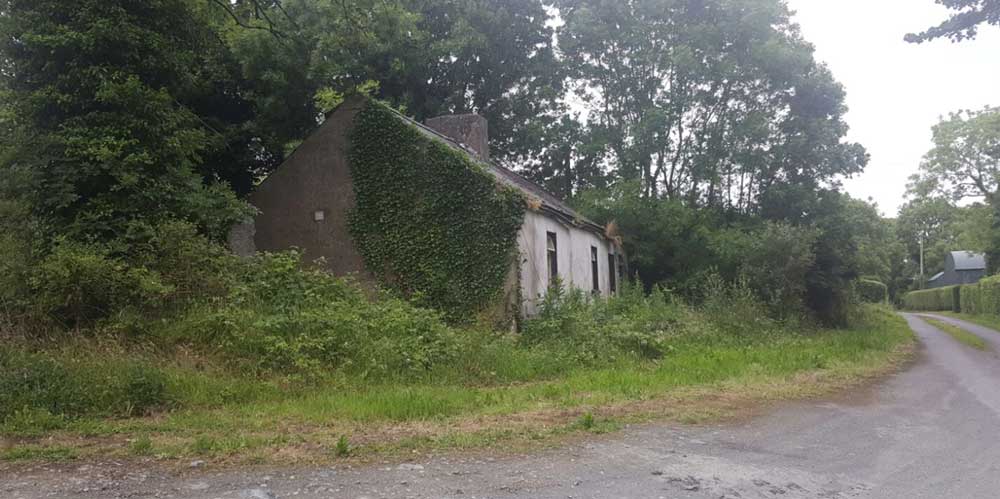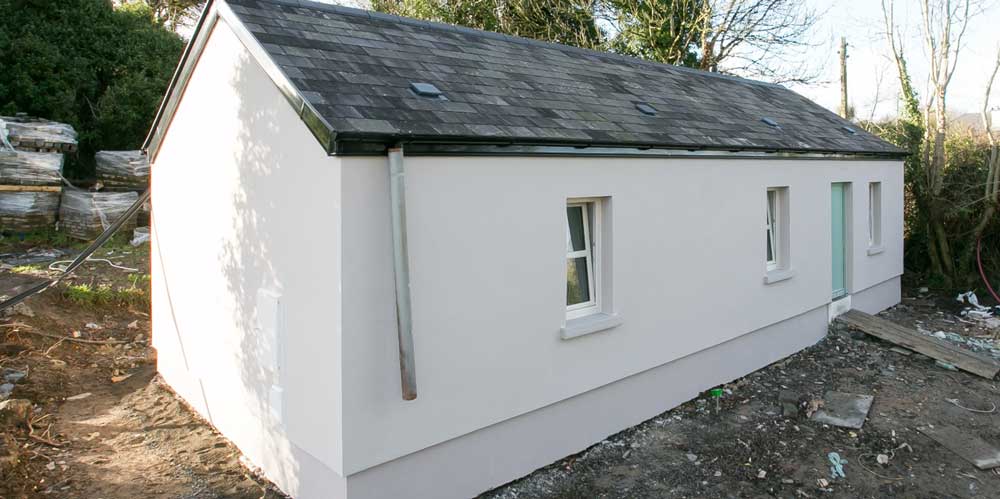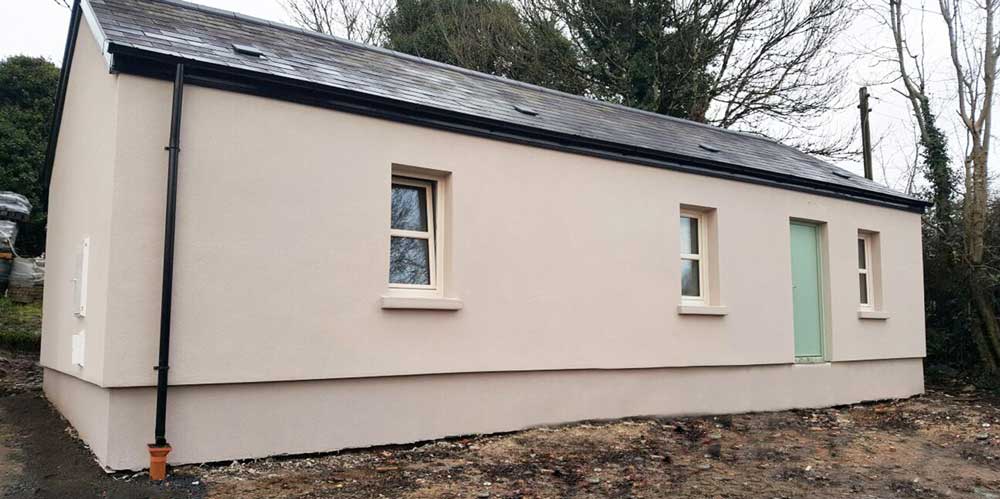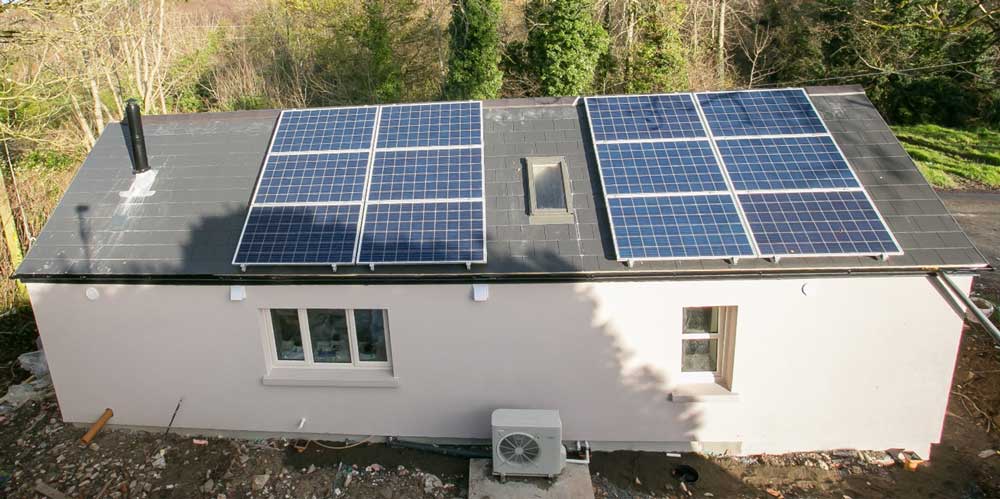Drumcrow, Co. Cavan Deep Retrofit Case Study
KORE case studies offer an inside look at how our EPS solutions perform in real-world applications. The following case study in Drumcrow, Co. Cavan, features KORE Floor Insulation, KORE External Wall Insulation and KORE EPS70 Silver for attic insulation. This deep retrofit was part of the 2017 Cavan Better Energy Communities Scheme.

Case Study Details
Project Name: Deep Retrofit of derelict cottage in Drumcrow, Ballinagh, Co. Cavan
Products Used: KORE Floor, KORE External Insulation, Daikin Heat Pump, Lunos Ventilation, 3kW Solar PV array
Client: Noel Brady
Project Lead: KORE Insulation
KORE Sales Rep: John B. Smith
The Energy Efficiency Problem
In 2017, KORE participated in SEAI’s Better Energy Communities Scheme. This involved the deep retrofit of several homes, businesses and community organisations in and around the Cavan area. With partial funding provided by SEAI, and the help of some of the best contractors in Ireland, KORE achieved excellent results across the entire scheme.
In the first part of this series, we’ll explore one of the deep retrofit houses included in the 2017 Cavan Better Energy Communities Scheme, and find out how we were able to bring a derelict home with a ‘G’ energy rating all the way to the top of the scale with an astonishing ‘A1’.
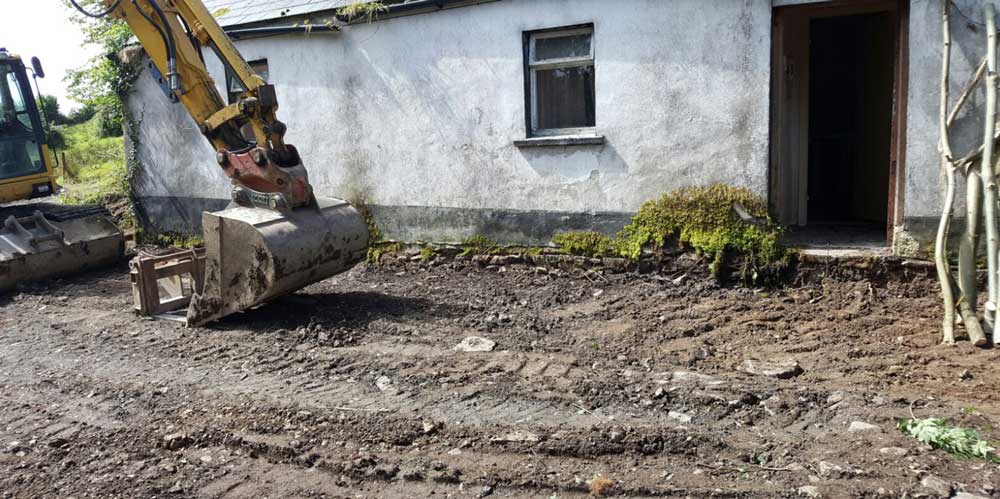
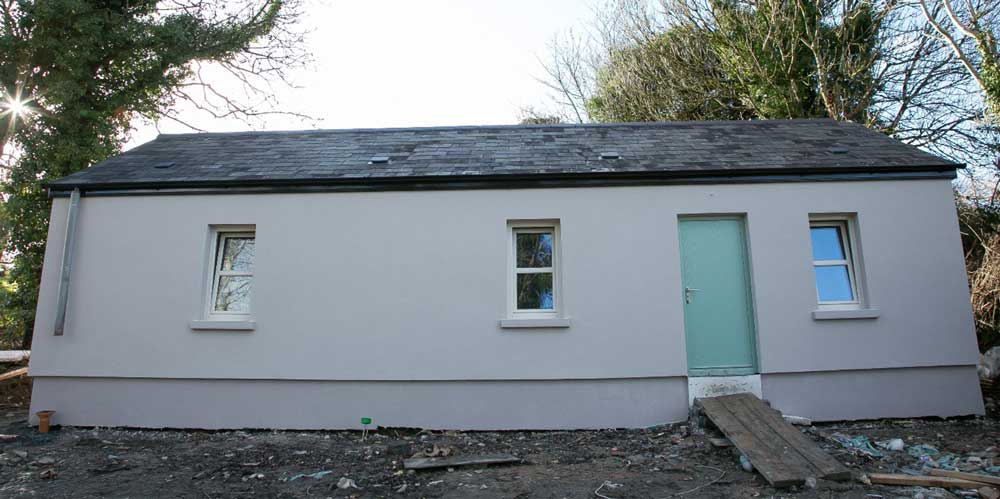
Upgrading an Unoccupied and Derelict Home
Simon Communities estimates that 13 percent of Ireland’s building stock is currently vacant, representing around 198,358 homes. While there is no denying that Ireland is in need of increased new building to satisfy housing demand, high quality deep retrofit can also help solve this long standing problem.
Located in the townland of Drumcrow, Ballinagh, Co. Cavan, KORE sourced a derelict home that had been unoccupied for more than 20 years.
In need of major repair, this one-storey cottage received a pre-BER rating of ‘G’, putting it at the bottom of the energy rating scale with an annual energy demand of 1311.12kWh/m2/yr; it’s related carbon emissions a staggering 281.46 kgCO2/m2/yr. While there was work to be done ahead of us, a high quality refurbishment with a focus on energy efficiency and renewable technology would make this house habitable in a matter of weeks.
The energy efficiency upgrade
KORE, being an insulation manufacturer, decided on a fabric first approach by significantly upgrading the building’s thermal envelope. This upgrade included 200mm of KORE Floor EPS100 White floor insulation. EPS perimeter strips and an 80mm screed were installed over top of the original concrete floor, achieving a U-value of 0.12W/m2K.
The original stone walls of the house at 500mm were insulated with 12.5mm plasterboard fixed to 75mm studs with mineral wool in between, a parge coat external air tightness layer with 180mm KORE External EPS70 Silver using a Kilsaren external wall insulation render system. The end result achieved a U-value of 0.12W/m2K for the external walls.
The roof was replaced in its entirety along with 400mm of mineral wool insulation above and between the ceiling joists, with an air tightness membrane above 40mm KORE EPS70 Silver and 12.5mm plasterboard. The roof achieved a U-value of 0.10W/m2K.
The windows were replaced with Camden uPVC triple glazed windows, achieving a U-value of 0.90W/m2K.
Embracing renewable technologies
In addition to a fabric first approach, KORE took advantage of renewable technologies for the heating system, a demand control ventilation system and added solar PV to help generate electricity and offset its energy demand from the grid. This included a 6 kW Daikin ERLQ006CAV3 air to water heat pump, supplying underfloor heating and a 3kW solar electrical PV array.
KORE chose the Lunos V30/60 whole-house extract ventilation system to keep internal humidity in check via an occupancy and humidity sensor, and installed energy efficient LED lighting throughout the property.
An energy efficient ‘A1’ end result
With the use of high levels of floor, wall and roof insulation, a renewable heating system, demand control ventilation and solar PV, this small cottage in Ballinagh, Co. Cavan achieved a final energy rating of A1, putting it at the very top of the Building Energy Rating scale. It’s final energy demand of -47.65kWh/m2/yr means that this home generates more electricity than it consumes, making it an energy positive home. The use of renewable heating and solar PV also offsets its annual carbon emissions, coming in at -8.16 kgCO2/m2/yr. It also achieved excellent air tightness testing results at 0.096 air changes per hour.
PHOTOS OF WORKS

John B. Smith
Retrofit Programme Manager
John B. Smith (or just John B.) has been a Retrofit Programme Manager for KORE for over four years. With a background in the construction industry, John B. is responsible for upgrading the energy efficiency measures of traditional builds. Specialising in deep retrofit, John is spearheading the programme for KORE. John B. also helps manage our Warmer Homes Scheme, Energy Efficiency Incentive and Better Energy Communities Schemes.
You can reach John by email or by phone at +353 87 146 9289
